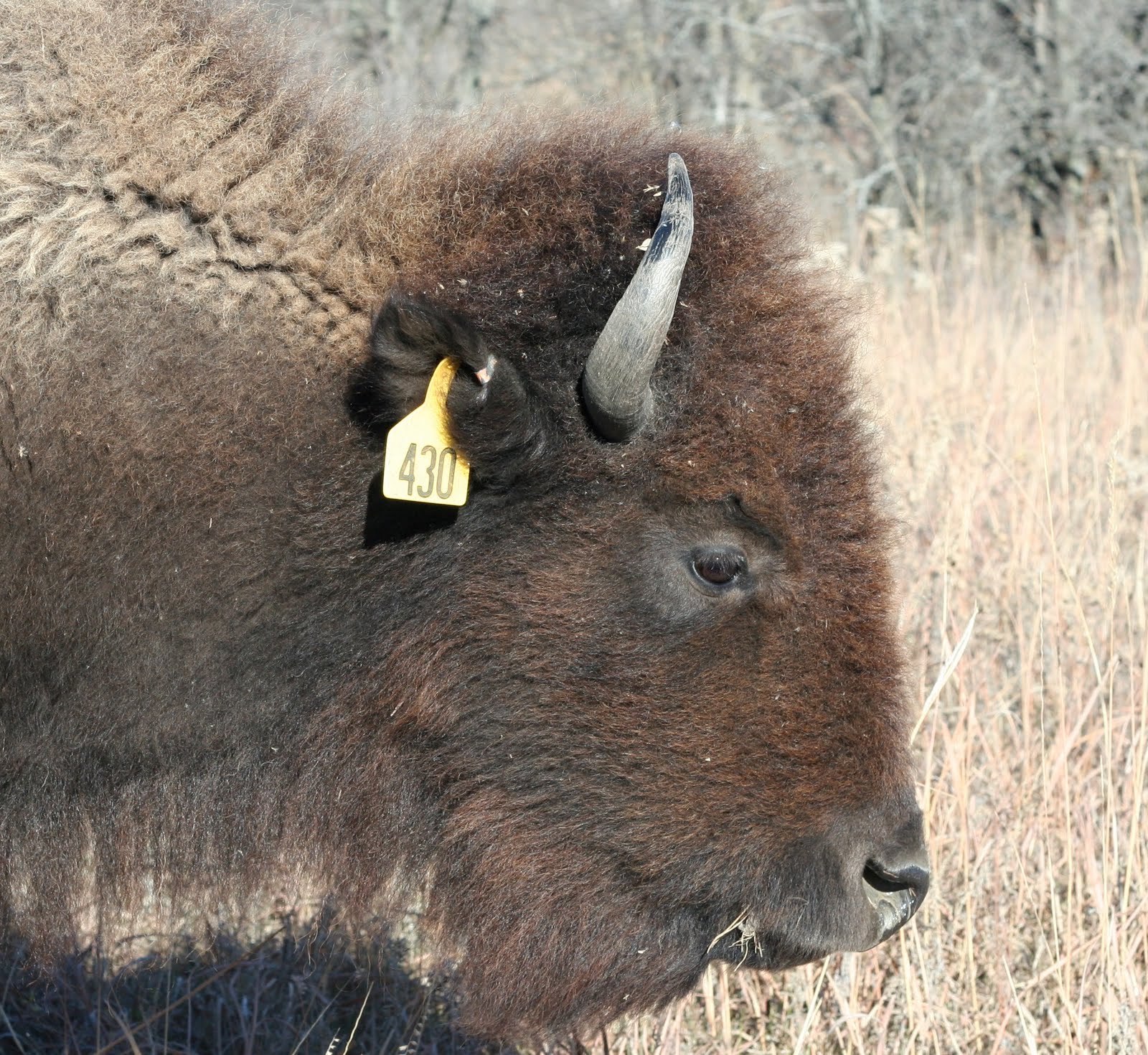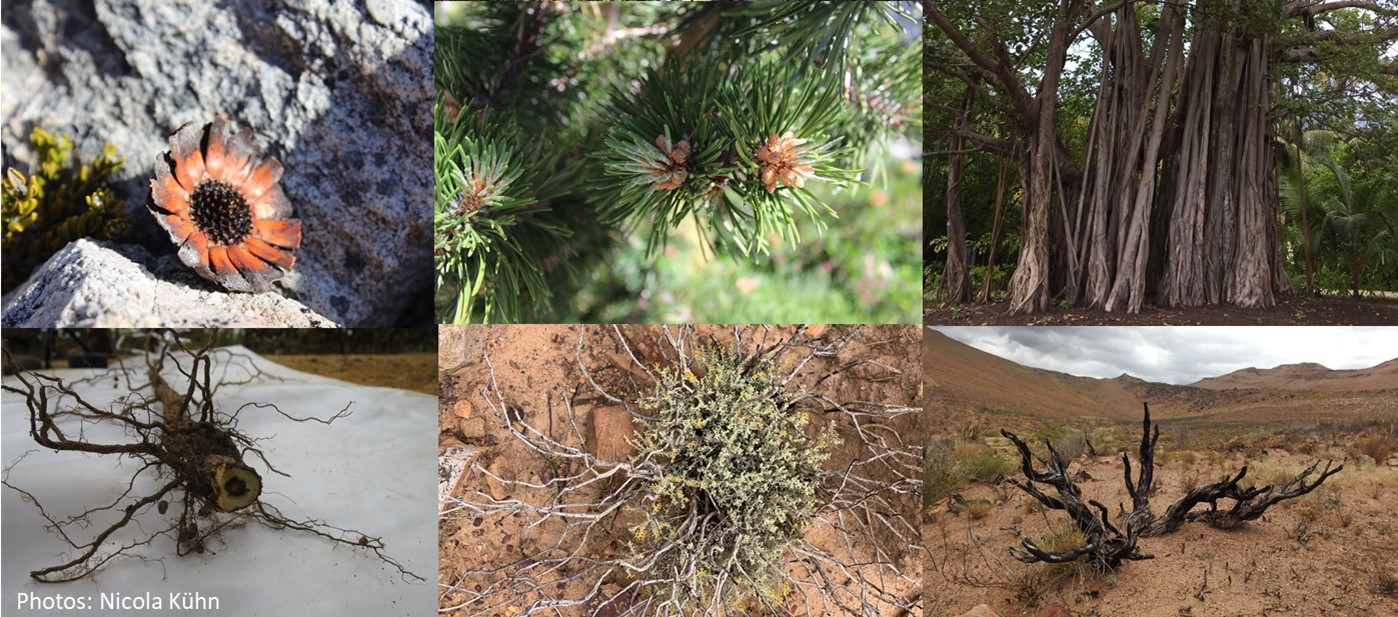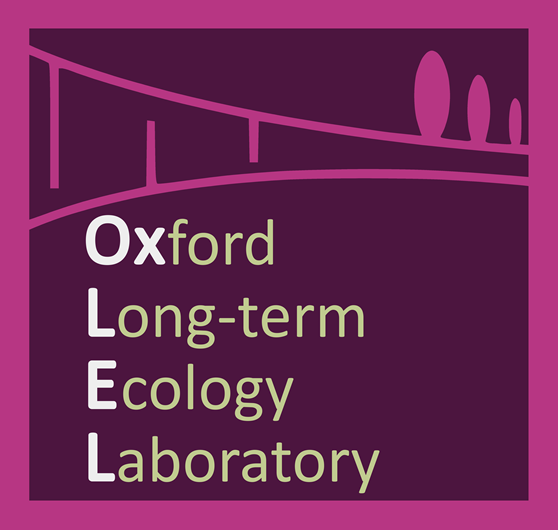What are we rewilding for?
May 31, 2015
One of the primary objectives of rewilding* projects is the restoration of important ecological processes that have been lost due to the past extirpation of key members of the floral or faunal community. A main argument for species restoration within the rewilding paradigm is that humans are the main reason why these species were lost in the first place, and so we have a moral obligation to put them back. Other arguments focus on the expected ecological benefits of species restoration (typically large bodied herbivores), which include increased plant and invertebrate diversity, and nutrient cycling (e.g. bison restoration1). Yet, what if humans were not the primary, or direct, cause of species loss in the first place? Should that matter? Surely the benefits of species restoration will accrue regardless of the original cause of extirpation. Well, not necessarily, particularly if the original loss was due to an ecological cause that we have not yet fully understood and thus could not prevent from recurring once we have successfully released our long-lost fauna to their ancestral habitats.
Furthermore, how confident can we be that species (re)introductions will yield the expected positive benefits? The available scientific evidence suggests that the impacts of large herbivores on terrestrial ecosystems largely depends on the identity of the species involved and the current state of the ecosystem2. This is not an argument against rewilding. It is a call to those who wish to see rewilding projects succeed over the long-term to ensure that expectations of restoration outcomes are reasonable for the given ecological context. And if that information is not available? Well then be prepared for some ecological surprises.

Bison at Konza Prairie Biological Station helping to spread seeds across the prairie. Source: Joe Craine http://wildplantspost.blogspot.co.uk
*Rewild (google definition): to restore (an area of land) to its natural uncultivated state (used especially with reference to the reintroduction of species of wild animal that have been driven out or exterminated).
References:
1 Knapp, A.K., J.M. Blair, J.M. Briggs, S.L. Collins, D.C. Hartnett, L.C. Johnson and E.G. Towne. 1999. The keystone role of bison in North American tallgrass prairie. BioScience 49: 39-50.
2Bakker, E. S., Knops, J. M. H., Milchunas, D. G., Ritchie, M. E. & Olff, H. (2009) Cross-site comparison of herbivore impact on nitrogen availability in grasslands: the role of plant nitrogen concentration. Oikos, 118, 1613-1622.
Also on the Blog...
Globally important plant functional traits for coping with climate change
By Nicola Kühn on December 1, 2021

“Look closely at nature. Every species is a masterpiece, exquisitely adapted to the particular environment in which it has survived.” E.O.Wilson From the early Greek philosophical musings of Empedocles and Aristotle ... Continue reading
The value of systematic evidence synthesis for land use decision-making and practice
By Dr Gillian Petrokofsky on November 9, 2021
Systematic evidence syntheses were adopted in environmental management and conservation in 2006 “to promote and deliver evidence syntheses on issues of greatest concern to environmental policy and practice as a ... Continue reading
Do flying cows have to pay a carbon offset?
By Professor Katherine J. Willis on October 26, 2021
Last week I learnt an interesting fact relating to carbon offsets when flying – if you fly business class you need to pay x 2.5 more carbon offset because of ... Continue reading
Ancient Plants, New Approaches
By Anna Lee-Jones on September 29, 2021
Encased within the unique Ryhnie Chert fossil system are some of the best-preserved early land plants in the world. Using pioneering digital technologies, we were able to reveal the developmental ... Continue reading
The Spanish Conquest & the Forests of Guatemala.
By Dr. William J. Harvey on July 12, 2021
Following the Spanish conquest of the territory that is now modern Guatemala (1524–1541 CE), the anthropogenic use of land use was radically transformed to support livestock husbandry, agriculture, large-scale timber extraction, mining, ... Continue reading
